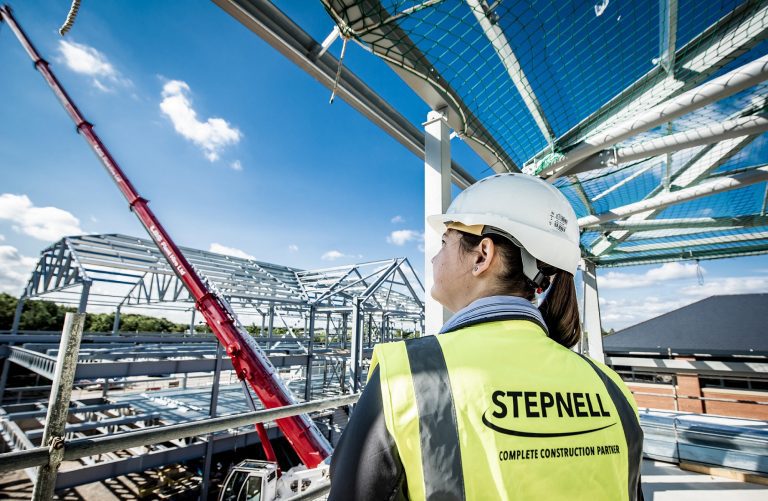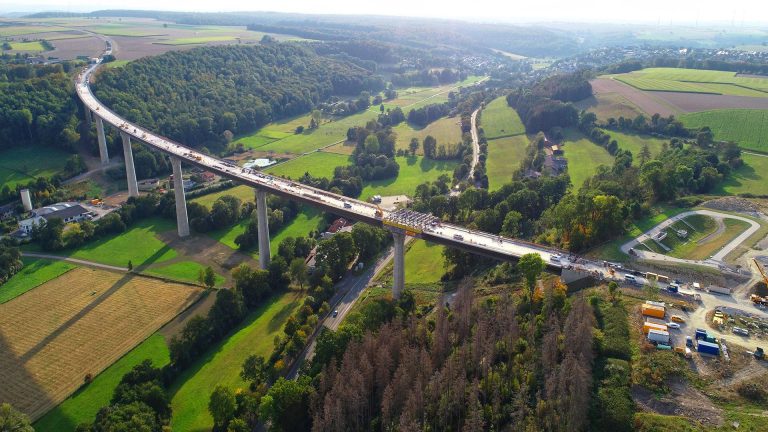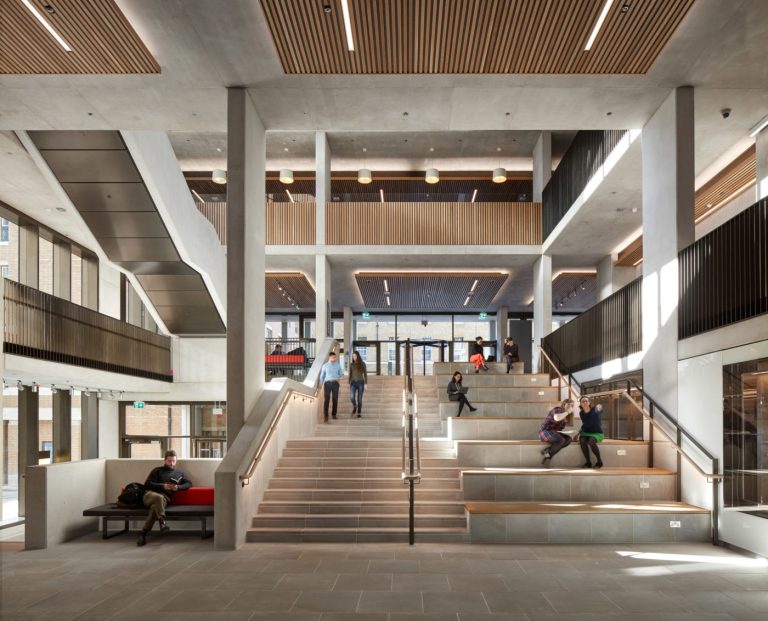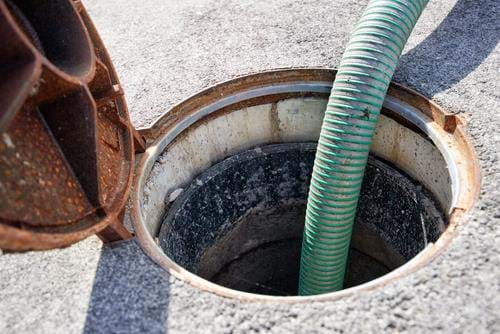Research from the national estate agent, Keller Williams UK, reveals how many hometown properties some of the best-paid English Premier League footballers could afford to buy with their annual salary. It is no secret that Premiership footballers are extremely well remunerated for their work and talent and, as we’ve seen this summer with big transfers for the likes of Jadon Sancho and Jack Grealish, when players hit peak form, clubs will pay extraordinary sums to get them on the books. But what does a young man do with such vast amounts of money? The answer for many is property investment, often seen as an easy and reliable way of creating a legacy income for themselves once their playing days are over. Where better than their hometowns so they can combine visiting their family with managing their potential future buy-to-let portfolio. With this in mind, Keller Williams has analysed the salaries of English players and compared them to the average house price in their respective hometowns to work out exactly how many property investments each player could make in a single year. At the very top of this list, the player who can afford to buy the most hometown homes, is England’s sweetheart, Jack Grealish. Following a bumper transfer to Manchester City, Grealish now earns a base annual salary of £15.6 million. He was born in Birmingham where the average house price is currently £205,615. This means that Grealish could buy 76 hometown houses with his annual pay packet, more than any other player on the list by quite a distance. Second is Jordan Henderson, Liverpool’s no-nonsense captain who earns £7.3 million each year. He was born in Sunderland where the average home cost £127,857 which means Henderson could buy 57 properties with a single year’s salary. Marcus Rashford is third on the list. Widely praised for his vital work off the pitch, Rashford is also a handsomely paid athlete with an annual salary from Manchester United of £10.4 million. Born and raised in Manchester where the average house price is £196,333, he could buy 53 hometown homes each year. Next is another Manchester United player, Harry Maguire, who earns £8.5 million a year. He was born in Sheffield where the average house price is currently £184,701. This means Maguire could buy 46 hometown homes every year. And then there’s Jordan Pickford, England’s animated man between the sticks. He plays for Everton where he is currently paid £5.2 million. Like Jordan Henderson, Pickford is from Sunderland where the average house price is £127,857. This means he could buy 41 hometown homes with a single year’s earnings. An interesting point of note is Harry Kane. The England and Tottenham Hotspur captain is one of the most high-profile and successful goal scorers in world football, currently earning £10.4 million a year. Despite this, Kane is placed towards the very bottom of the list, below many players who earn half of his salary. This is because Kane was born in Waltham Forest, an expensive borough in North East London where the average house price is £487,133. This means he could buy just 21 hometown homes with a year’s earnings, less than a third of Jack Grealish. Still, not too shabby for a potential property portfolio. Table shows how many homes each player could purchase in their home town at the current average house price Player Team Annual salary Hometown AveHP – May 2021 Number of ave homes per year Jack Grealish MCFC £15,600,000 Birmingham £205,615 76 Jordan Henderson LFC £7,280,000 Sunderland £127,857 57 Marcus Rashford MUFC £10,400,000 Manchester £196,333 53 Harry Maguire MUFC £8,464,300 Sheffield £184,701 46 Jordan Pickford EFC £5,208,320 Sunderland £127,857 41 Jamie Vardy LC £7,280,000 Sheffield £184,701 39 John Stones MCFC £5,200,000 Barnsley £140,058 37 Ben Chilwell CFC £9,880,000 Milton Keynes £281,140 35 Dean Henderson MUFC £5,200,000 Copeland £149,395 35 James Milner LFC £7,280,000 Leeds £210,358 35 Jadon Sancho MUFC £18,200,000 Southwark £528,767 34 Kyle Walker MCFC £5,720,000 Sheffield £184,701 31 Raheem Sterling MCFC £15,600,000 Brent £508,571 31 James Maddison LC £5,720,000 Coventry £201,331 28 Alex Oxlade-Chamberlain LFC £6,240,000 Portsmouth £222,279 28 Danny Drinkwater CFC £5,200,000 Manchester £196,333 26 Harry Kane THFC £10,400,000 Waltham Forest £487,133 21 Ben White AFC £6,240,000 Bournemouth, Christchurch and Poole £299,301 21 Luke Shaw MUFC £6,240,000 Kingston upon Thames £507,702 12 Callum Hudson-Odoi CFC £6,240,000 Wandsworth £625,412 10 Sources Spotrac – EPL Salary Rankings Gov.uk – UK House Price Index (May 2021 – latest available data) Wage / Average House Price












